Finding the right clothing should be easy for everyone, but for people with disabilities, it can be a daily challenge. Buttons, zippers, tight fits, and uncomfortable fabrics can make dressing difficult. That’s where adaptive clothing brands come in—they design clothes that are stylish, functional, and easy to wear.
Whether someone uses a wheelchair, has limited mobility, or experiences sensory sensitivities, the right clothing can make a big difference. From magnetic closures to tag-free fabrics, adaptive fashion is transforming the way people dress with confidence and ease.
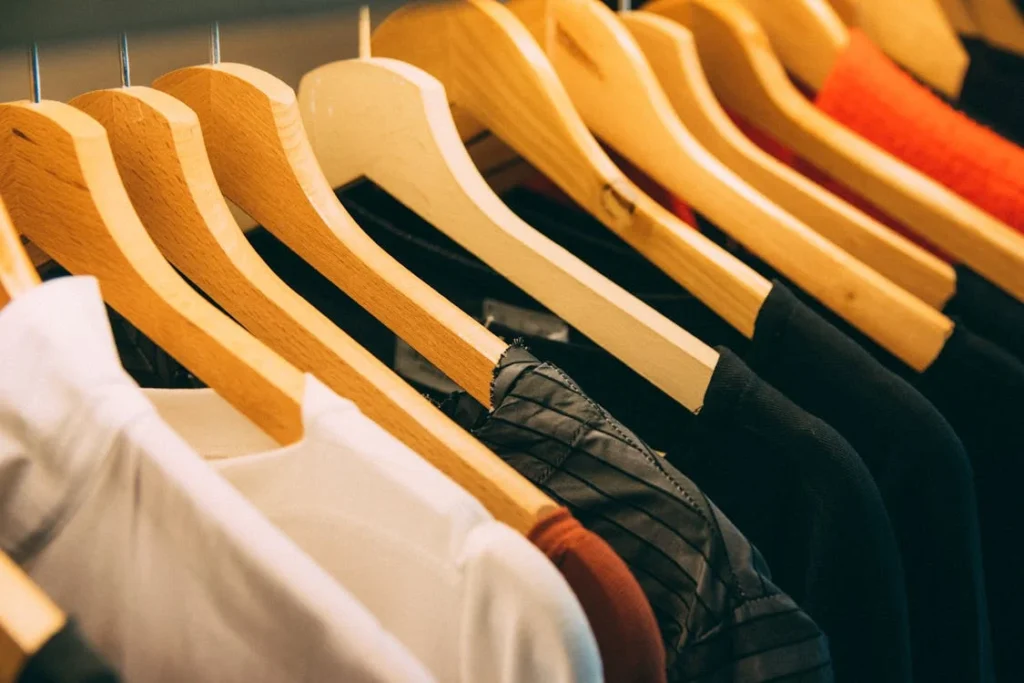
The Rise of Adaptive Clothing
For a long time, the fashion industry overlooked people with disabilities. Clothing was designed with a one-size-fits-all mindset, making it difficult for those with mobility challenges, prosthetic limbs, or sensory sensitivities to find comfortable and stylish outfits.
However, things are changing. More brands are stepping up to create adaptive clothing, proving that fashion should be inclusive for everyone.
The rise of adaptive clothing isn’t just about convenience—it’s about dignity and independence. When someone can dress without struggling with buttons, zippers, or tight sleeves, they feel more in control of their daily routine.
Clothing designed for easy wear can reduce frustration, improve confidence, and allow people to focus on what truly matters in their lives.
The demand for adaptive fashion is growing, and major brands are taking notice. Companies that once focused solely on mainstream fashion are now introducing clothing lines that cater to different needs.
This shift is driven by a greater awareness of disability rights, increased representation in media, and the growing voices of people advocating for inclusion. The message is clear—adaptive clothing is not a niche market, but a necessary part of the fashion industry.
What Makes Adaptive Clothing Different?
Adaptive clothing is designed with thoughtful details that make dressing easier for people with physical disabilities, chronic conditions, or sensory sensitivities.
Instead of traditional buttons and zippers, many designs use magnetic closures, Velcro, or elastic waistbands to make putting on and taking off clothes effortless.
For those who use wheelchairs, pants and tops are tailored with seated comfort in mind, ensuring they don’t bunch up or cause discomfort.
One of the biggest challenges for people with disabilities is finding clothing that doesn’t just function well but also looks good. In the past, adaptive clothing often looked medical or outdated, reinforcing the idea that practicality had to come at the expense of style.
Today, brands are breaking that stereotype by creating modern, fashionable pieces that blend seamlessly into everyday wardrobes.
Another important feature of adaptive clothing is sensory-friendly fabric. Many individuals with autism or sensory processing disorders experience discomfort from rough textures, tags, or tight-fitting materials.
Adaptive brands use soft, breathable, and tag-free fabrics to ensure that clothing is comfortable to wear all day. This attention to detail makes a significant difference in how someone feels in their clothes.
The Impact of Adaptive Clothing on Daily Life
For people with disabilities, the right clothing can be life-changing. Imagine a person with arthritis who struggles to button a shirt or a stroke survivor who has difficulty dressing with one hand.
Traditional clothing can turn a simple daily task into a frustrating experience. Adaptive clothing removes those barriers, allowing individuals to dress independently without stress.
Parents of children with disabilities also benefit from adaptive fashion. Dressing a child with limited mobility can be time-consuming and challenging, especially when dealing with stiff fabrics or complicated fasteners.
Adaptive children’s clothing makes getting dressed quicker and easier, reducing frustration for both kids and caregivers.
Beyond functionality, adaptive fashion promotes confidence and self-expression. Everyone deserves to wear clothes that reflect their personality and make them feel good.
People with disabilities should not have to choose between comfort and style—they deserve both. The growing availability of adaptive clothing is helping make that a reality.
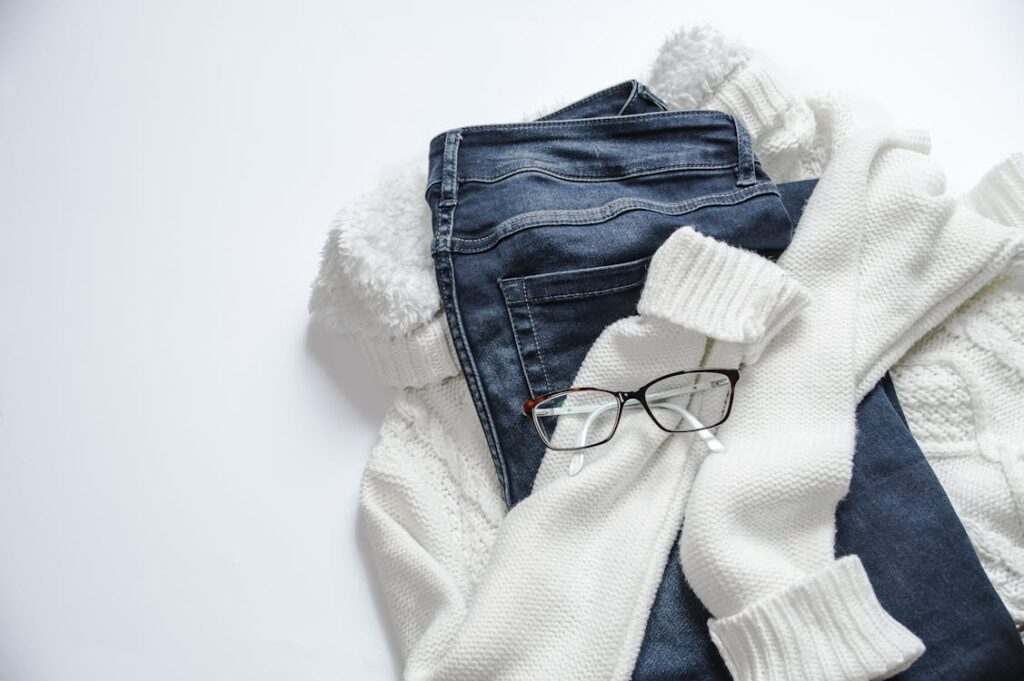
Leading Adaptive Clothing Brands Making a Difference
As awareness around adaptive fashion grows, more brands are stepping up to create clothing that blends style with function.
These brands understand that people with disabilities want clothing that not only makes dressing easier but also looks and feels great. From small independent designers to global fashion giants, adaptive clothing is finally gaining the attention it deserves.
Tommy Hilfiger Adaptive: Redefining Inclusive Fashion
Tommy Hilfiger was one of the first major fashion brands to launch a dedicated adaptive clothing line. Their designs are stylish, modern, and almost identical to their mainstream collections—but with thoughtful modifications.
Magnetic closures replace traditional buttons and zippers, making it easier for people with limited dexterity to dress independently. The clothing also features adjustable hems, seated-friendly cuts, and Velcro fastenings, ensuring maximum comfort for wheelchair users.
What sets Tommy Hilfiger Adaptive apart is that they don’t compromise on fashion. Their collections include everything from classic jeans and polo shirts to dresses and jackets, ensuring that people with disabilities have just as many options as anyone else.
By incorporating adaptive designs into a global fashion label, Tommy Hilfiger has helped normalize the idea that inclusive fashion should be a standard, not an afterthought.
Zappos Adaptive: Making Shopping for Adaptive Fashion Easy
Zappos is best known as an online retailer specializing in shoes, but they have expanded their offerings to include a carefully curated selection of adaptive clothing.
Instead of focusing on a single brand, Zappos Adaptive serves as a marketplace for multiple adaptive fashion labels, making it easy for customers to find what they need in one place.
Their collections include clothing with magnetic closures, tagless designs, seated-friendly jeans, and slip-on shoes designed for people with disabilities.
Zappos Adaptive also offers a wide range of sensory-friendly apparel, helping individuals with autism or sensory sensitivities find comfortable everyday wear.
The best part? Their customer service is known for its flexibility, allowing customers to order multiple sizes and return what doesn’t fit without hassle.
Slick Chicks: Adaptive Lingerie for All
While many brands focus on outerwear, Slick Chicks takes a different approach by specializing in adaptive underwear and bras. Many people don’t think about how difficult it can be to put on undergarments when dealing with limited mobility.
Slick Chicks solves this problem with side-fastening underwear, front-closure bras, and moisture-wicking fabrics that ensure comfort all day.
The brand was created with the idea that independence starts from the first layer of clothing. Their underwear is not only functional but also stylish, proving that adaptive fashion doesn’t have to be boring. The goal is to help people feel confident in what they wear—inside and out.
Billy Footwear: Stylish and Accessible Shoes
Finding the right shoes can be a challenge for people with mobility issues, but Billy Footwear is changing that. Their shoes feature a unique zipper design that allows the entire upper part of the shoe to open, making it easy to slide the foot in without struggling.
This design benefits people with prosthetics, orthotics, or limited mobility in their hands and feet.
Billy Footwear combines accessibility with fashion, offering trendy sneakers, boots, and casual shoes for all ages. Their goal is to ensure that everyone, regardless of ability, has access to stylish footwear that supports their needs.
ABL Denim: Adaptive Jeans for Every Body
Jeans are a staple in most wardrobes, but traditional denim can be stiff, uncomfortable, and difficult to put on. ABL Denim specializes in adaptive jeans designed for people with disabilities.
Their collections include stretchable waistbands, side zippers for easy dressing, and soft, flexible denim that moves with the body.
ABL Denim’s focus is on creating jeans that work for different needs, whether someone is a wheelchair user, has limited hand function, or requires easy-access clothing for caregivers. Their designs prove that adaptive fashion doesn’t have to sacrifice style.
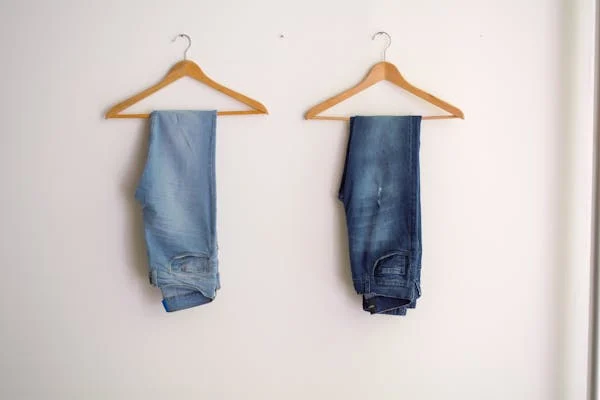
Why Adaptive Clothing Matters Beyond Convenience
Adaptive clothing is about more than just making it easier to get dressed—it’s about independence, dignity, and inclusion. For many people with disabilities, dressing independently is a crucial part of feeling in control of their daily lives.
Clothing should not be a barrier to self-sufficiency, and thanks to innovative brands, more individuals can now choose outfits that fit their needs without sacrificing style or comfort.
Restoring Confidence and Self-Expression
Clothing is a powerful form of self-expression. The ability to choose what to wear and feel good in it is something many take for granted, but for individuals with disabilities, limited clothing options can often mean being forced into outfits that don’t reflect their personality.
For years, adaptive clothing was seen as purely functional, with little emphasis on fashion. However, the rise of modern adaptive brands is changing that by creating stylish options that give people the freedom to dress in ways that reflect who they are.
Feeling comfortable in what you wear isn’t just about aesthetics—it’s about confidence. A well-fitted jacket with easy fastenings or a stylish pair of jeans that accommodate mobility needs can make someone feel more at ease in social settings, at work, or in everyday life.
Adaptive fashion helps eliminate the frustration of struggling with clothing and replaces it with empowerment.
Making Everyday Life Easier for Caregivers
Adaptive clothing also has a major impact on caregivers who assist individuals with disabilities. For many people with mobility challenges, dressing requires assistance from family members, caregivers, or healthcare professionals.
Traditional clothing often involves pulling, lifting, and struggling with stiff fabrics, which can be uncomfortable for both the wearer and the person helping them dress.
With adaptive clothing, caregivers can help their loved ones or patients dress more easily, reducing stress for both parties. Designs like back-opening shirts, side-zipped pants, and front-fastening bras allow for easier dressing without excessive movement.
This is particularly helpful for individuals with conditions such as arthritis, cerebral palsy, multiple sclerosis, or spinal cord injuries. Adaptive fashion doesn’t just empower the wearer—it also improves the daily experiences of those who support them.
The Role of Adaptive Fashion in Workplace Inclusion
Workplace inclusion is another area where adaptive fashion plays a vital role. Many professionals with disabilities face challenges when finding work-appropriate clothing that accommodates their needs while still looking polished.
Traditional office wear often includes buttons, stiff collars, and fitted styles that may not be accessible to everyone. Fortunately, brands are recognizing the need for professional adaptive wear, offering stylish and functional clothing for the workplace.
Being able to dress appropriately for work without additional struggles can help individuals with disabilities feel more confident in professional settings.
Adaptive business attire ensures that everyone, regardless of mobility limitations or sensory needs, can find clothing that makes them feel comfortable and prepared for success.
How Technology is Enhancing Adaptive Fashion
Technology is playing a growing role in making adaptive fashion even more effective. From smart fabrics to 3D printing, innovations are shaping the future of inclusive clothing.
Some brands are now using moisture-wicking and temperature-regulating materials to improve comfort, particularly for individuals who experience temperature sensitivity due to conditions like spinal cord injuries or multiple sclerosis.
Other companies are experimenting with 3D printing to create customized clothing that fits the unique needs of individuals with prosthetics or limb differences.
By using body scans and digital modeling, brands can design clothing that fits perfectly without requiring uncomfortable alterations.
Wearable technology is also being integrated into adaptive fashion. Some brands are exploring clothing with built-in sensors to monitor posture, heart rate, or muscle movement.
These innovations have the potential to support individuals with disabilities in ways beyond clothing, improving their overall quality of life.
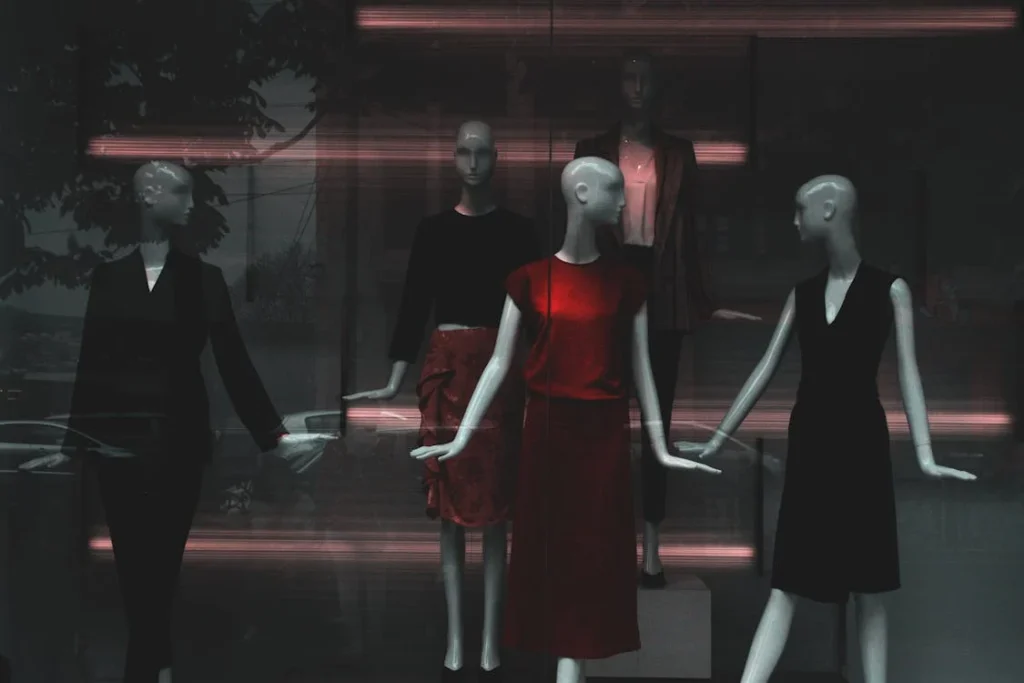
The Intersection of Adaptive Fashion and Sustainability
As the adaptive fashion industry grows, another important conversation is emerging—the role of sustainability.
The fashion industry is one of the biggest contributors to environmental waste, and while mainstream brands are shifting toward eco-friendly materials and ethical production, adaptive fashion must also embrace these values.
Sustainable adaptive clothing is more than just an environmental concern; it directly impacts the quality, affordability, and accessibility of clothing for people with disabilities.
The Need for Durable, Long-Lasting Adaptive Clothing
For many people with disabilities, clothing is not just about style but also function. Adaptive garments often endure more frequent wear, stretching, and washing due to medical conditions or mobility challenges.
Traditional fast fashion models, where clothes are designed to be disposable, do not work for individuals who rely on specialized designs to meet their daily needs.
Sustainable adaptive clothing focuses on durable, high-quality fabrics that withstand repeated use without losing comfort or functionality. Materials such as organic cotton, bamboo fiber, and recycled polyester offer breathability, softness, and longevity.
Investing in longer-lasting clothing reduces waste and ensures that individuals don’t have to constantly replace their wardrobe due to wear and tear.
Reducing Textile Waste Through Customization
One of the biggest barriers in adaptive fashion is fit. Standard sizing often does not accommodate individuals with prosthetics, wheelchair users, or those with unique body proportions due to medical conditions.
As a result, people frequently purchase clothing only to find it uncomfortable or impractical, leading to unnecessary waste.
Brands are now exploring made-to-order adaptive clothing, using technology like 3D body scanning to create garments that fit each person’s specific needs.
By producing clothes only when they are needed, brands reduce overproduction and prevent clothing from ending up in landfills. Customization ensures a better fit, longer use, and a more sustainable approach to adaptive fashion.
Ethical Production and Fair Labor Practices
Sustainability in fashion isn’t just about materials; it’s also about ethical labor practices. Many people with disabilities rely on caregivers or family members for assistance in dressing, and those who produce their clothing deserve the same level of care and consideration.
Some brands are ensuring that adaptive fashion is produced in fair-trade environments, where workers are paid fair wages and work under ethical conditions.
Interestingly, some adaptive fashion brands are employing people with disabilities in their production lines, ensuring that the clothing is made by those who understand its importance firsthand.
This not only promotes economic independence within the disability community but also ensures that real-life experiences guide product development.
Sustainable Adaptive Footwear and Accessories
Clothing isn’t the only area where sustainability is making an impact—adaptive footwear and accessories are also evolving.
Many people with disabilities require specialized shoes that accommodate orthotics, prosthetics, or limited mobility.
Instead of mass-producing shoes that may not fit every need, companies are exploring modular footwear, where different elements of a shoe can be adjusted or replaced rather than discarded entirely.
Accessories such as adaptive bags, gloves, and outerwear are also being designed with sustainable materials.
Some brands now use recycled ocean plastics, vegan leather, and plant-based dyes to create products that are both eco-friendly and functional for individuals with disabilities.
The Future of Sustainable Adaptive Fashion
The future of adaptive fashion and sustainability go hand in hand. As the demand for accessible clothing grows, so does the need for ethical, environmentally responsible practices.
Brands that invest in long-lasting materials, customization, and ethical labor are not only helping the planet but also ensuring that people with disabilities have high-quality clothing that meets their needs.
Consumers also play a role in driving this change. By supporting brands that prioritize sustainability and accessibility, individuals can encourage the industry to move toward more responsible production practices.
The next step in adaptive fashion is clear: clothing should not only be functional and stylish but also mindful of its impact on the world.
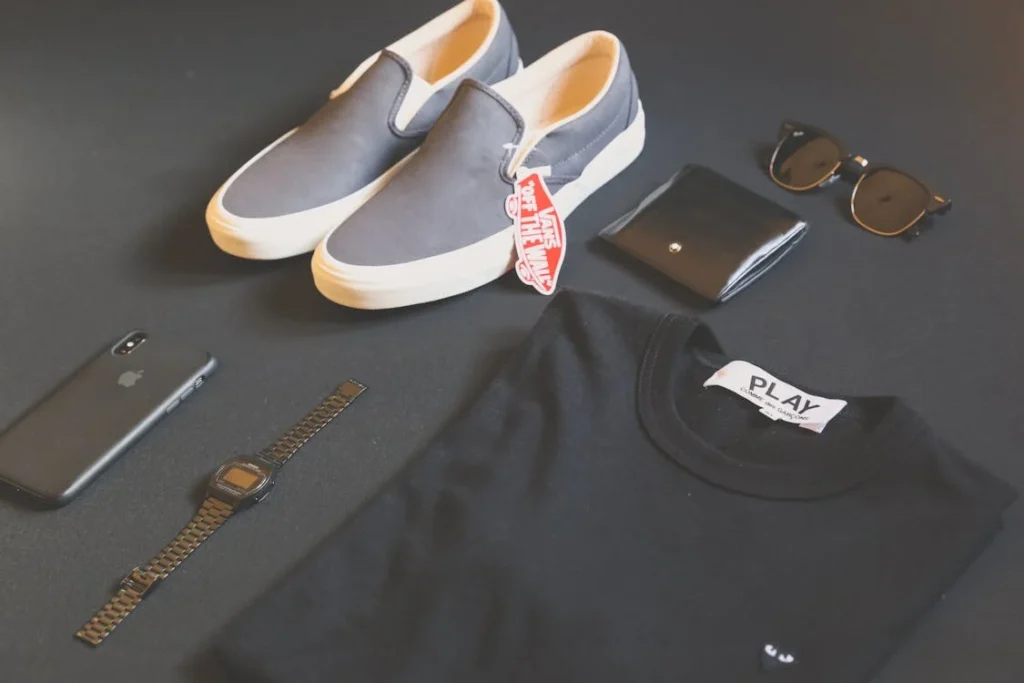
The Future of Adaptive Fashion
Adaptive fashion is no longer just a niche market—it’s a movement that is reshaping the way the world thinks about clothing.
The demand for accessible, stylish, and functional apparel is growing, and brands that invest in inclusive designs are not only meeting a need but also setting new industry standards.
The future of adaptive fashion is bright, with innovation, technology, and social awareness driving positive change.
Expanding Accessibility and Affordability
One of the biggest challenges in adaptive fashion today is affordability. Many adaptive clothing brands offer high-quality, specialized designs, but they often come at a higher cost due to limited production and the use of innovative materials.
For individuals on a fixed income, such as those relying on disability benefits, expensive clothing may not be a realistic option.
However, as awareness of adaptive fashion increases, more companies are stepping in to create affordable solutions. Large retail brands are beginning to offer adaptive clothing at more accessible price points, making inclusive fashion available to a wider audience.
Some non-profit organizations and social enterprises are also working to provide adaptive clothing to those who need it most, ensuring that financial constraints don’t prevent individuals from accessing the right apparel.
Representation and Visibility in Mainstream Fashion
Representation matters. For too long, people with disabilities were rarely seen in fashion campaigns, advertising, or runway shows. This lack of visibility reinforced the idea that fashion was not designed with them in mind.
Fortunately, this is changing. More brands are featuring models with disabilities in their marketing, showing that adaptive fashion is not just a side category but an integral part of the industry.
Fashion shows and major brands are beginning to include adaptive designs in their collections, proving that inclusive clothing belongs on the same stage as mainstream fashion.
This increased representation is helping to shift public perception, breaking down stereotypes, and celebrating diversity in the fashion world.
The Role of Consumer Advocacy in Driving Change
The progress in adaptive fashion would not have been possible without the voices of individuals advocating for more inclusive clothing options.
People with disabilities, along with caregivers, activists, and organizations, have played a significant role in pushing brands to recognize the importance of accessible fashion.
Social media has given consumers a platform to share their experiences, highlight the challenges they face in finding adaptive clothing, and call out brands that fail to prioritize inclusivity.
As a result, companies are listening and making changes based on real feedback from the disability community.
This ongoing dialogue between consumers and brands is essential in shaping the future of adaptive fashion. The more people speak up about the need for accessible clothing, the more the industry will evolve to meet those needs.
How Robobionics Supports Accessibility and Innovation
At Robobionics, we understand that accessibility goes beyond clothing. As a leader in prosthetics and bionics, we are dedicated to providing solutions that restore independence and improve daily life for individuals with limb differences and mobility challenges.
Just as adaptive clothing empowers people to dress with ease, our prosthetic innovations help individuals regain functionality, confidence, and freedom of movement.
Our flagship product, Grippy™, is designed to offer a natural and intuitive prosthetic experience, making everyday tasks simpler and more seamless.
We believe that technology and innovation should serve the needs of real people, and that’s why we are committed to creating affordable, high-quality solutions that enhance mobility and independence.
If you or a loved one are looking for advanced prosthetic solutions, we invite you to explore Grippy™ and experience the difference. Book a free demo today and take the first step towards greater independence.
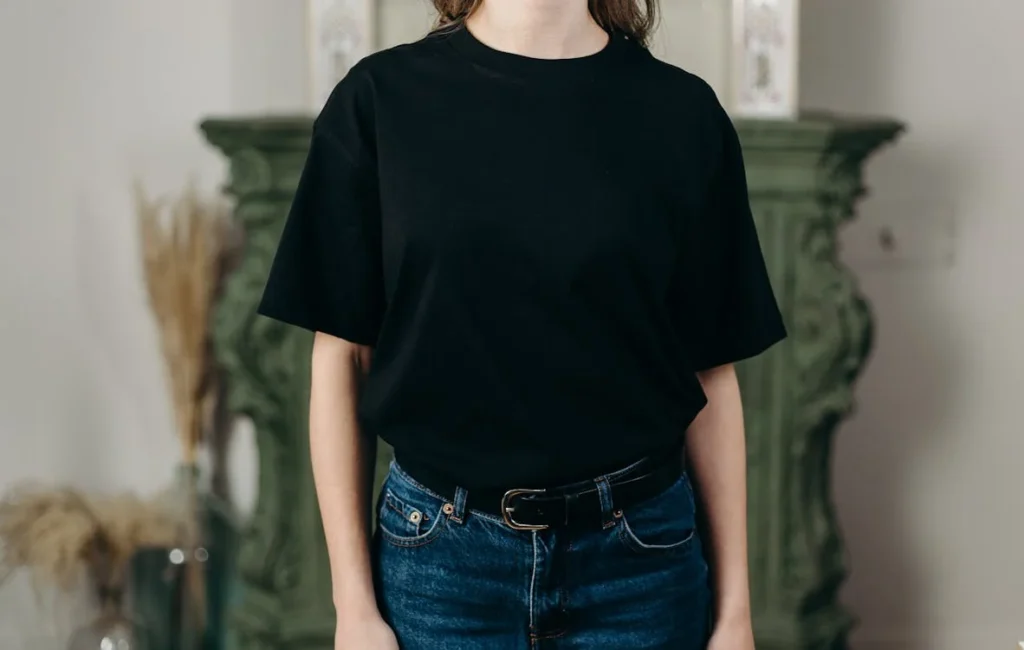
Conclusion
The rise of adaptive clothing is a powerful step toward inclusivity in the fashion industry. Brands that once overlooked accessibility are now recognizing the importance of designing for everyone, and individuals with disabilities are gaining more options than ever before.
As awareness grows and technology continues to advance, the future of adaptive fashion will become even more innovative, stylish, and accessible. Whether through affordable pricing, better representation, or smarter design features, the industry is moving toward a world where clothing is no longer a barrier but a tool for empowerment.
For those seeking adaptive fashion, the message is clear: you deserve clothing that works for you, makes you feel good, and allows you to express yourself freely. As more brands join the movement, inclusive fashion will continue to evolve, ensuring that everyone, regardless of ability, has the opportunity to dress with confidence and ease.



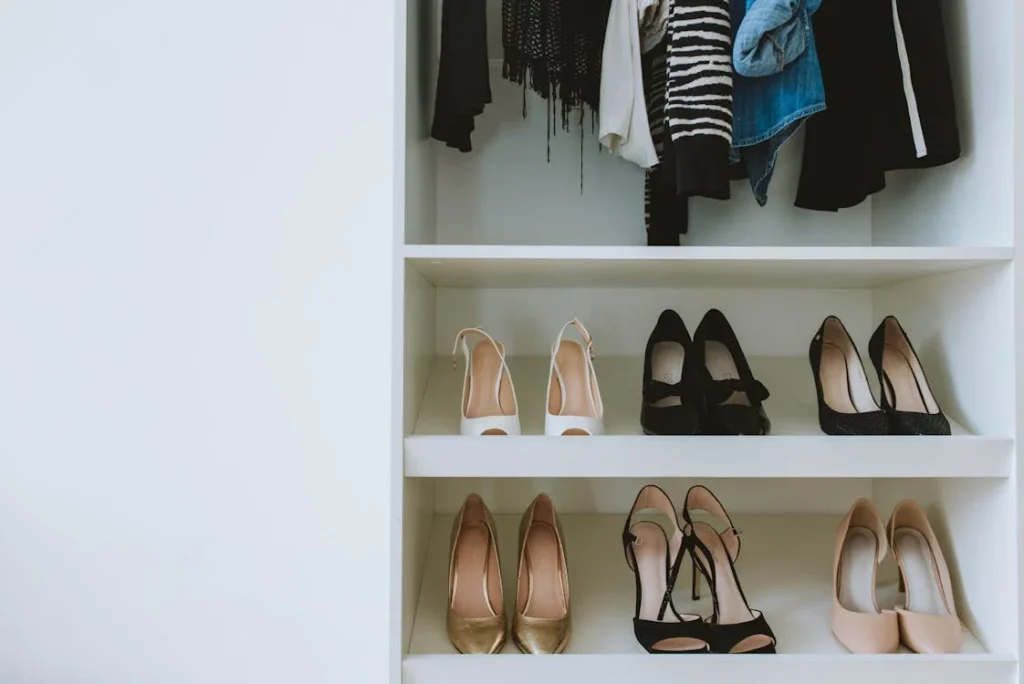
Pingback: Best dresses for different disabilities in USA, 2025.